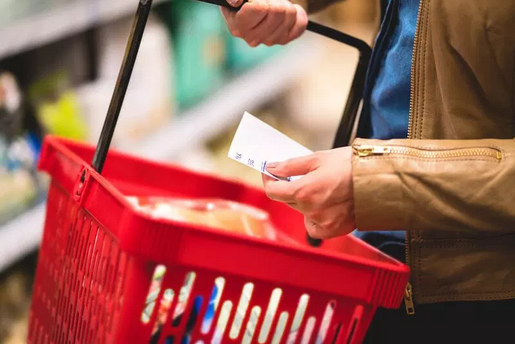Even when labelled properly food labels provide precious little information on what a product might contain.
For example, a piece of farmed salmon will typically be labelled only with its country of origin, containing no information on what the fish has been fed. Contaminated fish feed can significantly push up the level of dioxins found in the fish’s fat. Mad cows disease is another example of how animal feed contaminated food.
Recently, the Fédération romande des consommateurs (FRC), a Swiss consumer association, and others, went on a label checking tour of Switzerland’s supermarkets to see how well products were labelled.
In Denner they found cured meat from the EU – there was no mention of which of the EU’s 28 nations it came from – and in Coop they found compote manufactured in Germany from apples from an unspecified location.
Other products with deficient labelling included rice of unknown origin packaged in Austria, beef of unspecified origin in two different sauces, Italian tomato concentrate made from tomatoes of unknown origin, and cranberry jam made from ingredients from no specific country.
Labelling in Switzerland’s two large supermarkets was very patchy when it came to revealing the source of the milk in cheese. Coop indicated the provenance of the milk in 73% of its cheeses while Migros only indicated the country of origin of the milk in 40% of its cheeses, according to FRC.
The lack of traceability and information on food labels forces consumers to trust retailers, food producers and farmers, something more informed consumers are uncomfortable doing.
According to FRC, around 9,000 consumers have signed a petition calling for greater transparency on food provenance in Switzerland.
Full story here Are you the author? Previous post See more for Next postTags: newsletter

































